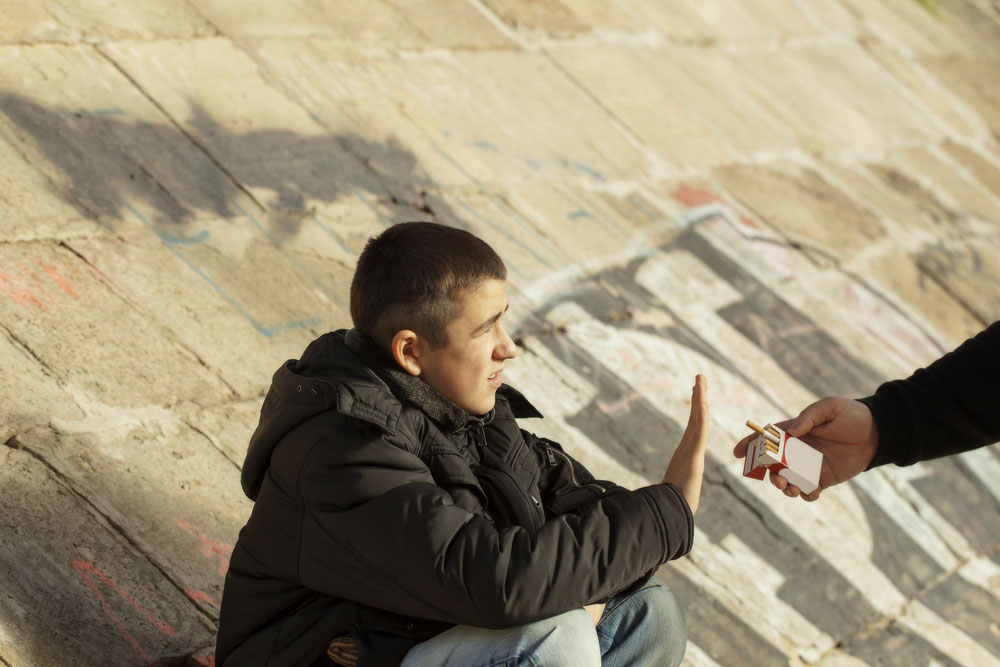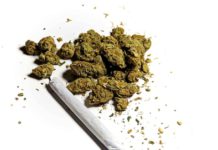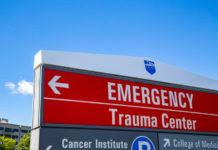stable student population that was mostly Caucasian. Consequently, the program may have the same impact on more ethnically diverse communities, she said. However, the findings do highlight that addiction treatment and/or prevention programs can have an influence not just on the participants, but also on members of their social networks. “It is also possible that programs may impact other people in the participants’ lives, such as their romantic partners, siblings, and other family members.”
Rulison stressed the importance of social networks in teen substance use disorders and stated that “universal” programs like SFP10-14 “invite everyone to participate,” rather than only targeting high-risk teens.
“Attempts to prevent and treat substance use disorder and addiction should consider how social networks influence substance use,” she said. “Friends can influence each other to start or continue using drugs, so programs may need to address the social environment in order to create lasting changes in people’s behaviors.”
















